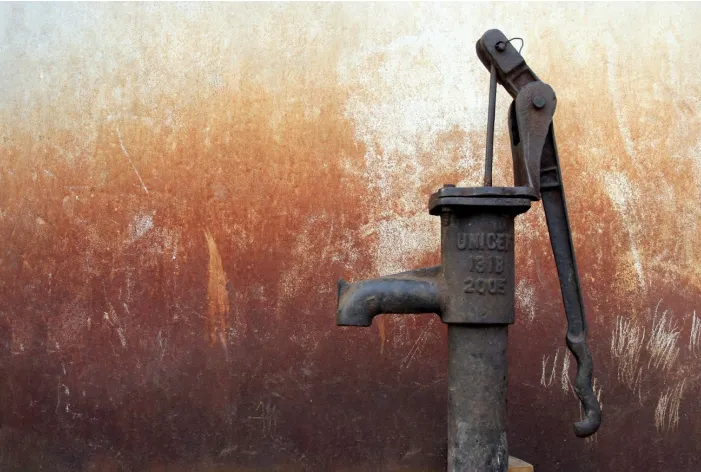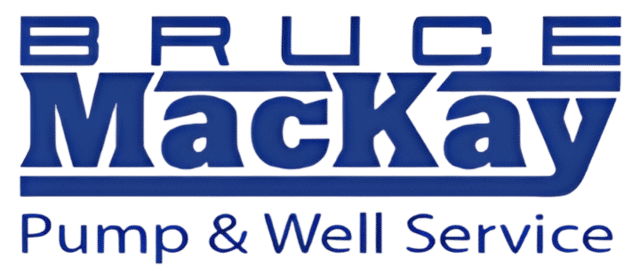
Water Well Inspections: What You Need to Know
If you and your family obtain your household water from a private well or you plan to purchase a home with a well, then you need to learn all about well inspections. A well inspection performed before the purchase of a house can help a homebuyer learn if the well is currently providing healthy and sanitary water. It also checks that components are functioning properly and if the well meets all local building code requirements.
However, even homeowners who have had their wells for years can benefit from an annual well inspection. During an annual inspection, well water is tested to ensure it does not contain harmful contaminants and the well is checked for any needed repairs.
Read on to learn more about water well inspections, including when they should be performed, how they are performed, and more
When Water Well Inspections Should Be Performed
While well inspections should always be performed before the purchase of a home with a well and annually thereafter, experts suggest obtaining additional inspections when a homeowner is experiencing specific well problems that can affect the cleanliness of well water
You should obtain an additional well inspection service if your well water suddenly has an unusual taste, odor, or color, or if your well is experiencing pressure issues.
Well Inspection Steps
A well inspection involves several steps. However, the steps performed during point-of-sale well inspection can vary from the steps performed during an annual or as-needed inspection.
Well History and Location Review
During the inspection of a well that services a home you plan to purchase, both well history and location reviews will likely be performed. During these reviews, the well log is examined. This log details the well depth, how it was drilled, the depth at which water was encountered, and underground land components encountered during drilling.
Available well schematics, well maintenance logs, and the well location are also reviewed during this step to check for any obvious well problems.
Water System Audit
A water system audit, also called a well component inspection, is performed during most well inspections. During this inspection step, the well casing, covering, pump, and pressure tank are examined to ensure they are in good working order and are free from damage. If the well is equipped with optional filters or other well accessories, these devices will be inspected as well.
Flow and Yield Test
During a flow and yield test, the well’s ability to produce a steady flow of water and continue to provide water during a long drought period is tested.
The flow test is often performed by pumping water from an outdoor spigot for about 30 minutes while checking for the minimum required flow of at least 3 to 5 gallons per minute during this time. The well yield is tested by performing a variety of complex tasks that determine how readily groundwater begins refilling the well after the water inside of the well is pumped out of it.
Water Quality Test
During a water quality test, well water is tested for the presence of a variety of potential contaminants that can make the water unsafe to drink. Potential well water contaminants include coliform bacteria, lead, radon, pesticides, volatile organic compounds (VOCs), and more. Water is checked for the presence of minerals that are not unsafe to drink in small amounts, yet potentially toxic at very high levels, such as iron and zinc.
If you own a home equipped with a water well or plan to purchase one, then be sure to obtain a water well inspection before your purchase, and annually after. Contact the a water well experts at Bruce MacKay Pump & Well Service, Inc., to obtain a water well inspection service today.
